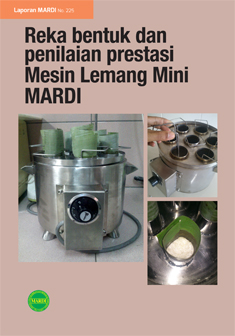M. Z. Abdullah, D. A. Vaughan, H. Watanabe and K. Okuno
Abstract
The problem of a weedy rice known locally as padi angin has emerged in two of the main rice production areas in Peninsular Malaysia, Projek Barat Laut Selangor and the Muda area, in recent years. The main characteristic of padi angin is its spontaneous shattering habit, therefore under severe infestation it can result in high yield losses. To determine the origin of this weedy rice, polymerase chain reaction (PCR) method was applied to samples of wild rice, padi angin and modern cultivated rice varieties. Cluster analysis of randomized amplified polymorphic DNA (RAPD) banding patterns revealed that padi angin is genetically more similar to cultivated rice at the DNA level than wild rice. The results support the hypothesis that padi angin was derived from cultivated rice. During periods of low rainfall in the 1980s, dry seeding and volunteer seeding were extensively practised by farmers. The adoption of these methods might have been the main factor contributing to the emergence of padi angin.
Full Text ( 46 KB )



